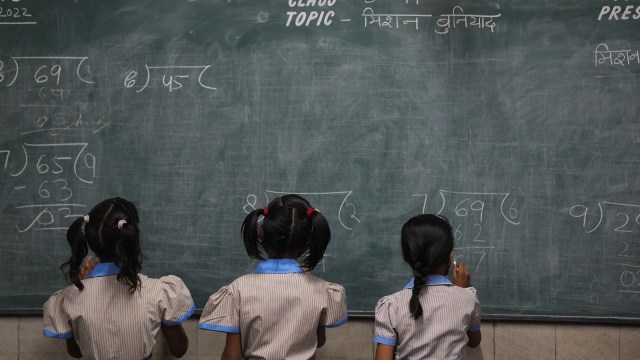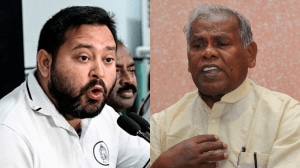Maharashtra govt to implement ‘perspective plan’ to ensure even distribution of private schools
The state government has decided to implement a “perspective plan” for school education, which will identify areas with a need for schools and issue approvals accordingly.
 The school education department has formed a 13-member committee led by the Education Commissioner to develop this plan.
The school education department has formed a 13-member committee led by the Education Commissioner to develop this plan. Private organisations seeking to establish unaided schools in Maharashtra will now have to go through a new approval process.
The state government has decided to implement a “perspective plan” for school education, which will identify areas with a need for schools and issue approvals accordingly.
The perspective plan, a practice previously applied to higher education institutions in Maharashtra to ensure colleges are established where needed, will now be adapted for setting up new schools.
The school education department has formed a 13-member committee led by the Education Commissioner to develop this plan.
A Government Resolution (GR) issued Wednesday outlines the new parameters and guidelines for this process.
According to the GR, the committee will categorise areas into two broad types: developed and under-developed, based on the availability of school education opportunities.
The categorisation will consider factors such as the number of schools, teachers, and the pupil-teacher ratio (PTR).
If an organization wishes to open a school in a developed area, it will also be required to start a school in an under-developed area.
Approval will be granted for both locations, and the organization must comply with this condition.
The GR further states that areas with an adequate number of schools will be classified as over-developed, and no new schools will be permitted in such areas. However, if an existing school in the area has a poor performance record, the state may grant permission for a new school. The government aims to curb the commercialisation of school education through this new practice.
“While private unaided schools are in demand, their distribution is uneven, with most new schools appearing in urban areas. This new process is designed to ensure a more equitable distribution, addressing areas where there is a genuine need for additional schools,” a school education department official said.







